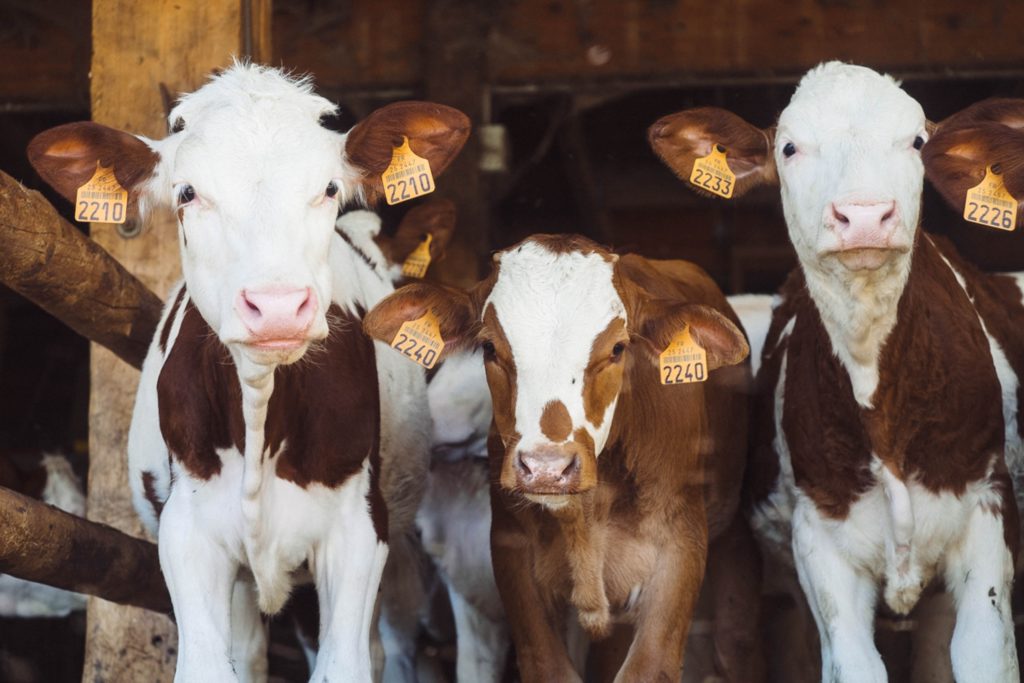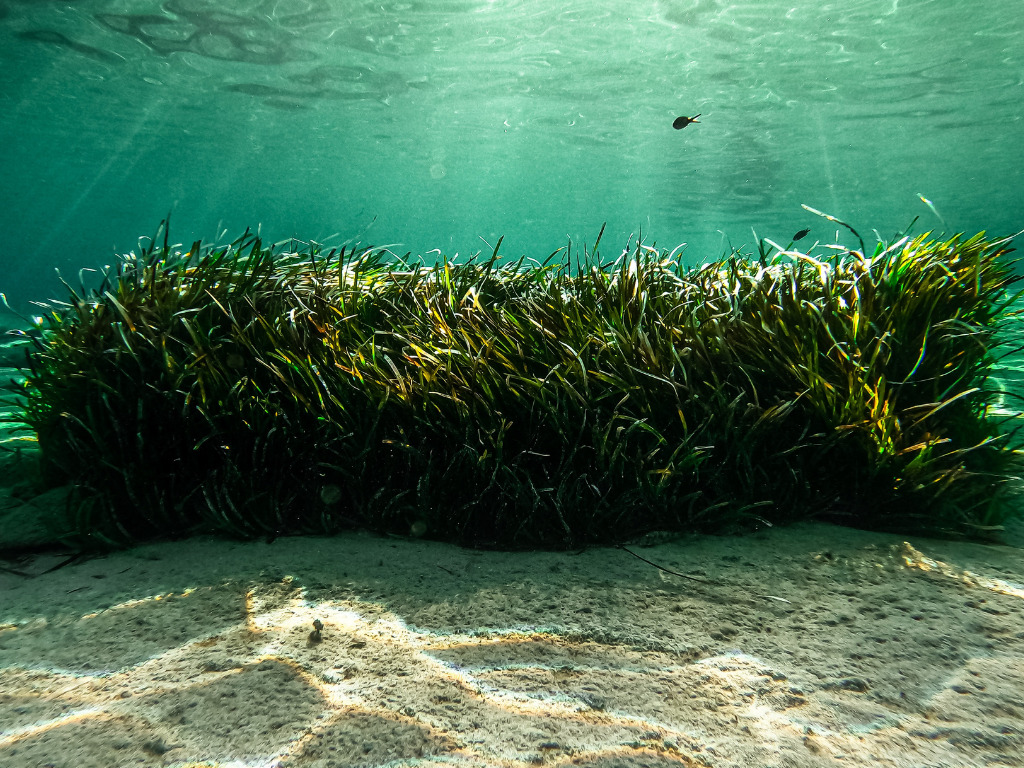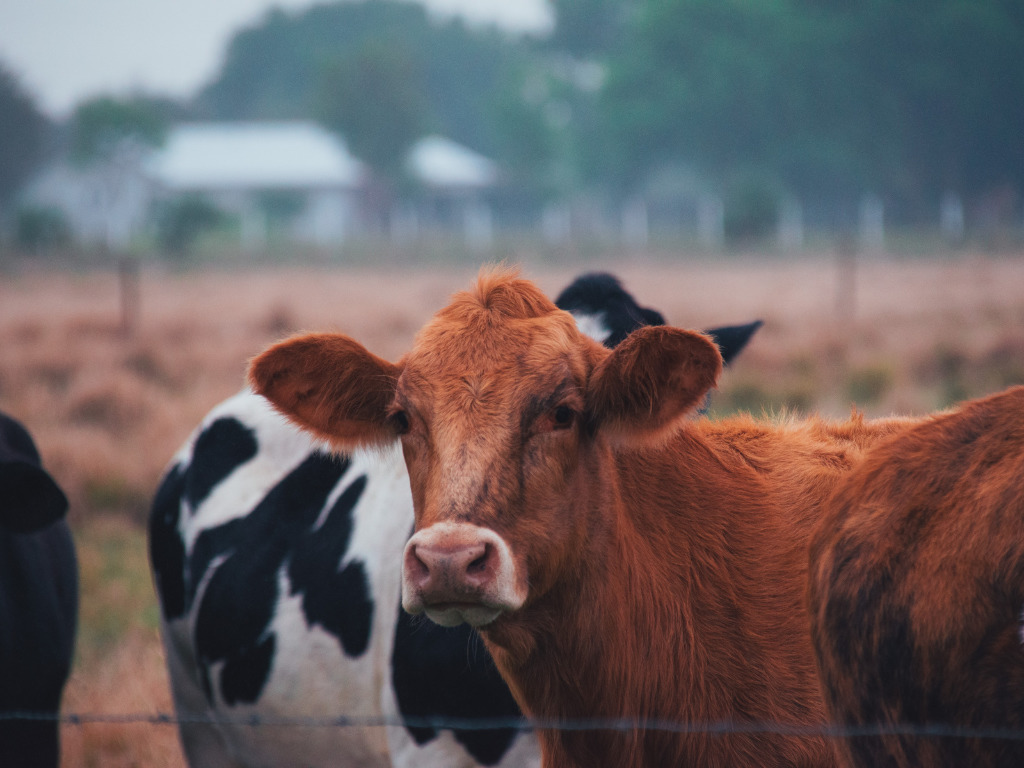3 Mins Read
Scientists have made a new discovery in outer space. But it’s not an alien or new planet—it’s livestock methane emissions, now visible from space.
On the heels of the recent IPCC report that called for a 30 percent reduction in methane emissions, scientists say they can now see cow-produced methane pollution caught on cameras from space for the first time.
The discovery was made by engineers at GHGSat, a Canadian firm that specializes in monitoring emissions from space. It provides its findings to the United Nations International Methane Emissions Observatory program.
Livestock emissions
There are a number of methane producers, including coal, gas, and oil, but livestock is the biggest, representing about 25 percent of all methane emissions. Methane traps more heat than CO2 but has a shorter atmospheric lifespan. Still, its ability to trap heat makes it a target in the fight against climate change.
The researchers say they detected methane in February, coming from an agricultural area in California’s Joaquin Valley, which is home to a feedlot. Cattle and sheep are the biggest methane producers; it comes from cow burps and flatulence. The researchers noted the cows were producing about 668 grams of methane per hour. Over the course of a year at that rate, the researchers say it’s enough gas to power more than 15,000 homes.

“This will just be the beginning of many more observations of this type, and that starts to build a portfolio to inform industry,” Brody Wight, GHG Sat spokesperson said.
“This gives us an opportunity to potentially do some more verification and checking of these types of [emissions] sources.”
In February, researchers using European satellites said they were able to find areas producing large amounts of methane, most of which were oil and gas producers across the U.S., Russia, and Central Asia.
“We were not surprised to see leaks,” Thomas Lauvaux, a researcher at the Laboratory for Sciences of Climate and Environment near Paris and lead author of the study, published in Science, told the New York Times. “But these were giant leaks. It’s quite a systemic problem.”
Methane
Methane is used by the energy sector; it’s the main component in natural gas. Coal, oil, and gas industries deliberately release methane. Scientists have been looking at ways to capture it from agriculture as well to use as an energy source.

But reduction is still the leading call to action. One potential resource is algae. Scientists are looking at algae’s ability to help reduce animal-produced methane by adding it to cow’s diets. They estimate it could drop methane emissions by as much as 80 percent.
But the easiest way to reduce methane emissions, as well as CO2 is to reduce the number of animals raised for food.
The IPCC report suggested this and another recent study called for a 75 percent reduction in animal-based foods to swiftly reduce emissions and get us closer to meeting the Paris Agreement climate target of 1.5°C. According to the IPCC’s recent report, we’ll surpass it soon without immediate action.
Lead Photo Jacinto Diego via Unsplash



